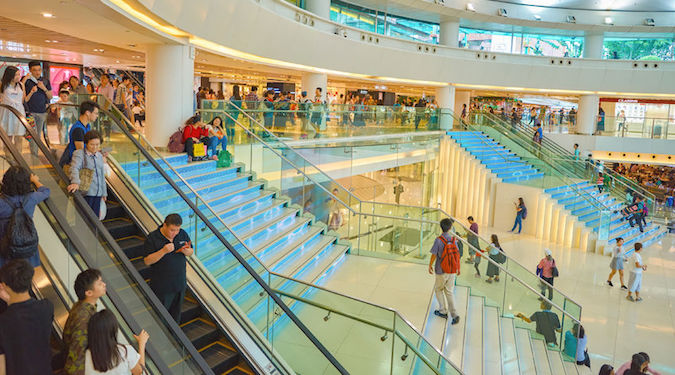Why refurbishing pays off for retailers
Share

Australian retailers face myriad challenging conditions across multiple channels, as well as the arrival of high-profile international retailers. A glamorous refurbishment is a time-honoured way to catch the attention of those fickle customers.
This article was sponsored by Monash Business School to let readers know they can access the full article ‘Business Insights: Why refurbishing pays off for retailers’ here »
But perhaps surprisingly, there isn’t a great deal of solid data around what elements of a refurbishment succeed and why, says Dr Carla Ferraro, research fellow with Monash Business School’s Australian Consumer, Retail, and Services (ACRS) Research Unit.
Despite the hype around online shopping, 94% of total retail sales still occur in a physical environment, so spending on making the space as appealing as possible remains highly worthwhile.
“Although retailers spend millions of dollars refurbishing, remodelling and refreshing their stores every year, they don’t actually know whether this investment is worthwhile, or how often they should take place.”
Dr Carla Ferraro
Dr Ferraro’s research centres around understanding how often a retailer should consider refurbishment and what elements are most important to consider.
As part of her research, Dr Ferraro partnered with a major Australian retailer who was undertaking two store refurbishments. One store had been refurbished in the last 15 years, while another had not been updated significantly in 40 years.
Given extensive access to sales figures, staff turnover and customer loyalty data, Dr Ferraro found that general refurbishments had very positive impacts on both customers and employees.
Customers felt a renewed loyalty to the brand and reported a marked increase in satisfaction, particularly in their response to the revamping of the older store.
“They felt much more emotionally connected to the store following the refurbishment, and their perceptions around how the store looked and their satisfaction with the shopping experience also increased markedly, as did their behaviour,” Dr Ferraro reports.
“They visited the store more regularly and spent more money.”
Different aspects of a particular refurbishment, such as exterior design and flooring changes influenced overall satisfaction and positive feelings linked to purchases, while improved lighting influenced people’s decisions to return and recommend the store to others.
But refurbishment also helped reduce two of the business’ biggest costs – staff turnover and absenteeism.
“Store refurbishment had a tremendous impact on employees,” she said. “We saw their job satisfaction went up following the changes and as well as their attachment and commitment to the retailer. There were behavioural impacts – staff turnover and absenteeism both decreased.”
Click here to access the full version of the article
Image copyright: TEA / 123RF Stock Photo















